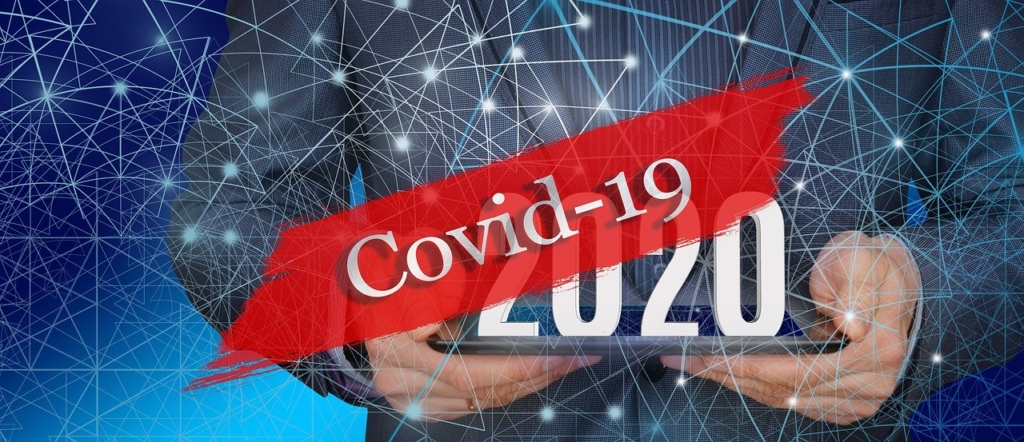
The following represents a summary of the recently-signed-into-law CARES Act – also referred to as the Stimulus Package.
Specifically, we are providing a summary of the Paycheck Protection Program.
Title 1 of the CARES Act, entitled “Keeping American Workers Paid and Employed Act,” provides relief for small businesses and their employees who are adversely affected by the COVID-19 outbreak. The key provision in this Act is the Paycheck Protection Program – an emergency lending facility to provide small business loans on favorable terms to borrowers impacted by the current economic state.
Click here to access the Paycheck Protection Program application on the U.S. Treasury’s website. Supplemental information is available here.
Developments are still fluid, but here’s what we know right now:
KEY POINTS OF THE PAYCHECK PROTECTION PROGRAM
The following offers highlights of the Paycheck Protection Program that small business owners need to be aware of and consider as they move forward:
- Available to businesses with 500 employees or less
- Loan period ranges from February 15, 2020 through June 30, 2020.
- Loan amount equates to 2.5 times average monthly payroll expenses for 12 months prior to the loan origination – up to $10 million.
- Loan interest is rate capped at 4%.
- Loan duration is a maximum of 10 years.
- Loan forgiveness is available. A borrower is eligible for loan forgiveness equal to the amount spent on the following items during the eight-week period beginning on the loan origination date:
– Payroll costs
– Mortgage interest incurred in the ordinary course of business
– Rent paid based on a leasing agreement
– Payments for utilities – including electricity, gas, water, transportation, telephone, or internet
– Additional wages paid to tipped employees
Note: The loan forgiveness amount can be reduced if there is a reduction in the number of employees or a reduction of greater than 25% in wages paid to employees. - Collateral is not required to secure the loan.
- No personal guarantee is required to secure the loan.
- Loan repayments are automatically deferred for six months and up to one year. This includes interest, fees, and loan principal.
- Payment Protection Program loans are applied for through approved banks. The SBA may administer some loans based on viability.
- For businesses that have been denied SBA loans previously, lending requirements are more lenient.
ADDITIONAL KEY POINTS OF THE CARES ACT
Employee Retention Payroll Tax Credit
- The Employee Retention Payroll Tax Credit cannot be used in conjunction with the Payroll Protection Program or any other loan where payroll costs are forgiven.
- Employee retention credit is equal to 50% of qualified wages with a cap of $10,000 wages. Maximum credit per employee is $5,000.
- The employer’s gross receipts must be 50% or less than the same calendar quarter in 2019 to qualify.
- For employers with 100 or less employees, qualified wages are defined as wages paid for all employees during the period – whether they were able to work or not. For employers with 100 or more employees, qualified wages are defined as wages paid to employees not providing services.
Deferral of Employer Social Security Taxes
The deferral of employer Social Security taxes cannot be used in conjunction with the Payroll Protection Program. This allows an employer to defer their portion of Social Security taxes from March 27, 2020 to January 1, 2021. 50% is due by December 31, 2021 and the remainder by December 31, 2022.
Bonus Depreciation
This allows employers to expense qualified improvement property under the Section 168 depreciation rules.
